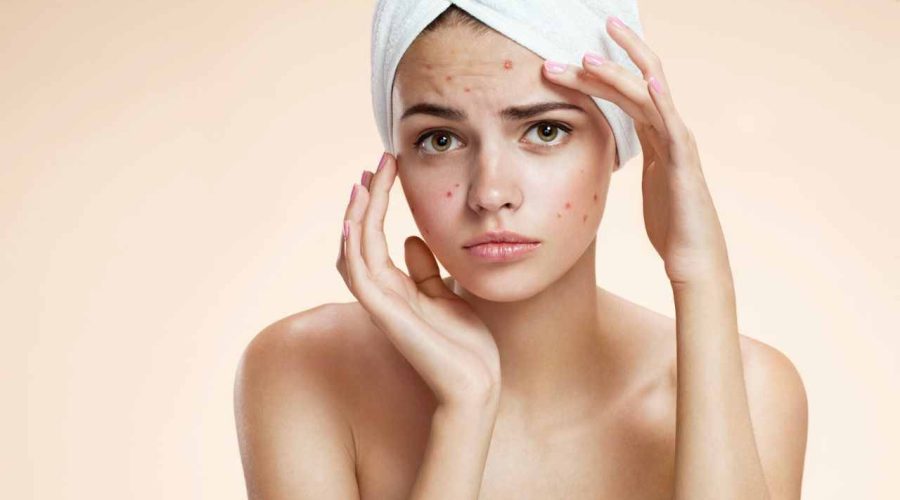Know the 6 Types Of Pimples and Their Treatments | Seed in the Pimple
When most people discover a pimple on their face, they panic and wonder how they may halt it in its tracks. Acne is significantly more complex than that, however. There are numerous varieties of acne produced for a variety of reasons.
To fully understand why you have these pimples, it is essential to identify their specific type and classification. You can then treat your pimples under the supervision of a dermatologist, depending on the results.
1. Black Heads
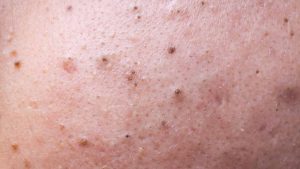
You’ve undoubtedly experienced blackheads, which are characterised by a black layer on top of a pimple, at some point. Blackheads are called open comedones because the pimple is open away from the seed. They are classified as non-inflammatory acne because they rarely swell.
2. Whiteheads
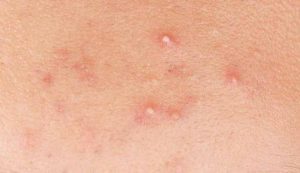
Whiteheads are sometimes known as closed comedones, as the white seed blocks the pimple’s surface. Due to their isolation from the rest of the skin, whiteheads are more difficult to treat than other types of acne.
3. Papules
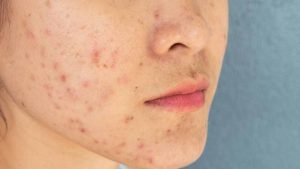
You can recognise papules as little, rash-like pimples that occur in clusters. They are caused by the breakdown of the pore walls, leaving the skin rough to the touch and generally red and irritated.
4. Nodules
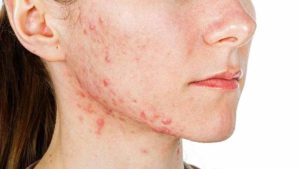 Unlike most types of acne, nodules appear as huge, swollen pimples deep beneath the skin’s surface. Nodules often do not contain pus and are firm to the touch. Nodules that are deeply established in the skin can be difficult to cure and may necessitate oral medicine given by a dermatologist.
Unlike most types of acne, nodules appear as huge, swollen pimples deep beneath the skin’s surface. Nodules often do not contain pus and are firm to the touch. Nodules that are deeply established in the skin can be difficult to cure and may necessitate oral medicine given by a dermatologist.
5. Pustules
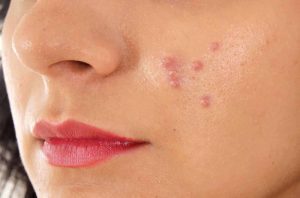
These forms of pimples are characterised by a pus-filled, yellowish to white centre. Never try to pop it; doing so could lead to infection and scars.
6. Cysts
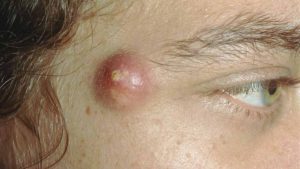
Cysts are one of the most severe forms of acne, forming deep beneath the skin and typically appearing inflammatory and pus-filled. Cysts can be exceedingly painful due to the skin’s sensitivity when pus is present. Depending on the depth of the cysts, a skin specialist will treat them with lancing, medicine, or pus removal.

